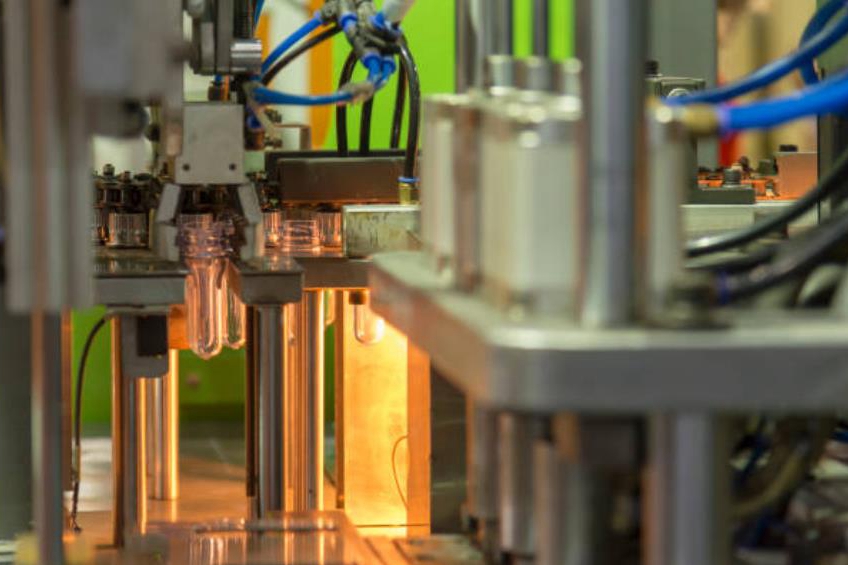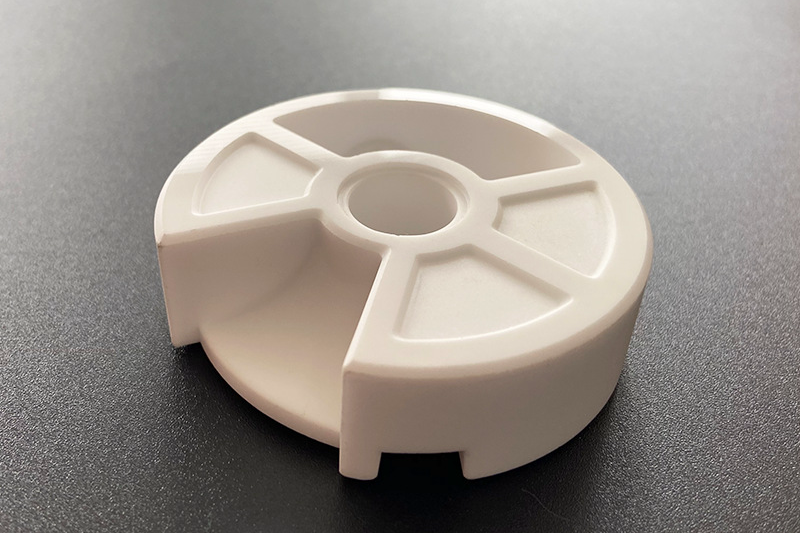How does Neway test enclosure durability and reliability?
How does Neway test enclosure durability and reliability?
Neway validates enclosure durability through a structured reliability-testing workflow that simulates real-world mechanical loads, environmental exposure, and long-term product aging. Because enclosures are used across demanding sectors—including telecommunication, medical devices, consumer electronics, and power tools—each enclosure design undergoes both structural and environmental testing. These tests are performed after prototype validation and repeated during pre-production builds to confirm that the selected manufacturing method—such as injection molding, aluminum die casting, or sheet metal fabrication—consistently meets durability targets.
Mechanical Durability Testing
Mechanical reliability is verified using load- and impact-driven tests that reflect actual handling and installation conditions. These include:
Drop tests on multiple orientations to evaluate crack resistance and internal structural integrity.
Compression and bending tests to ensure thin-wall designs and snap-fits remain strong under static loads.
Fastener torque testing for designs using insert molding or threaded bosses.
Hinge and latch cycle tests for moving or repeatedly accessed enclosures.
Before mass production, high-accuracy CNC machining prototyping and 3D printing prototyping are used to validate geometry and stress points, reducing design risk early.
Environmental and Outdoor Reliability Testing
For outdoor or industrial applications, Neway performs environmental tests that evaluate UV resistance, corrosion behavior, and temperature stability. Typical tests include:
Salt-spray corrosion testing for metals such as cast aluminum or stainless steel.
Thermal cycling across high and low temperature extremes.
Humidity and Condensation Resistance for Electronics Enclosures.
Surface finishes like anodizing, powder coating, or painting are validated to ensure they maintain adhesion and appearance under outdoor exposure.
Chemical and Surface Wear Testing
Enclosures often interact with oils, disinfectants, solvents, or rough handling. Neway verifies surface durability using:
Scratch and abrasion testing for finishes such as PVD coatings or hard anodizing.
Chemical resistance testing for plastics such as PEEK or PA.
Detergent and disinfectant exposure cycles for medical or laboratory products.
Assembly and Lifecycle Tests
Neway evaluates how enclosures perform through repeated usage cycles. This includes:
Snap-fit fatigue testing for molded PC/ABS housings.
Thread-engagement testing when metal inserts or overmolded components are used.
Vibration testing for telecom, automotive, and e-mobility systems.
Many of these tests are performed after applying finishing processes like tumbling or electroplating to verify real-world performance.
Practical recommendation
To ensure enclosure reliability, combine early functional prototyping with process-appropriate durability tests. Neway’s integrated workflow—from DFM analysis to environmental and mechanical validation—ensures that final enclosure designs meet structural, cosmetic, and safety requirements across the full product lifecycle. Early engagement enables the team to select the right material, finish, reinforcement strategy, and production method for the required durability level.



